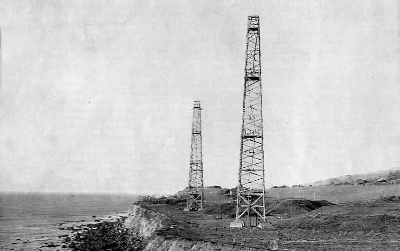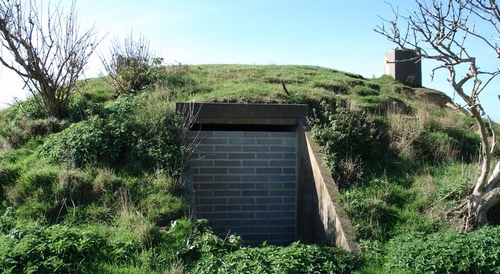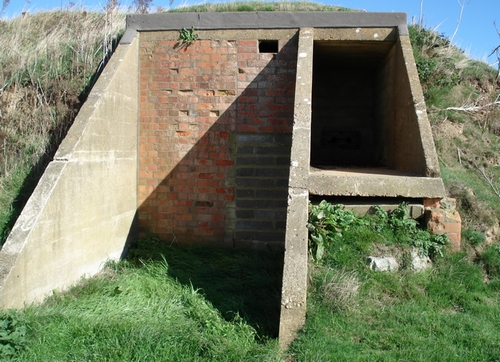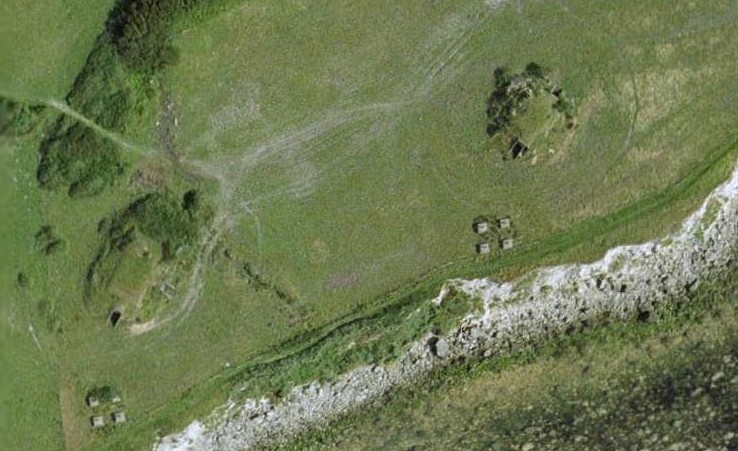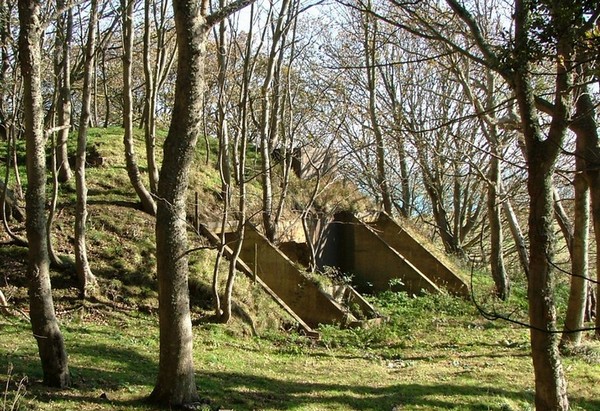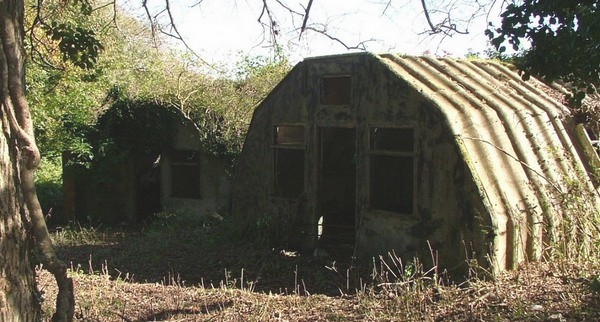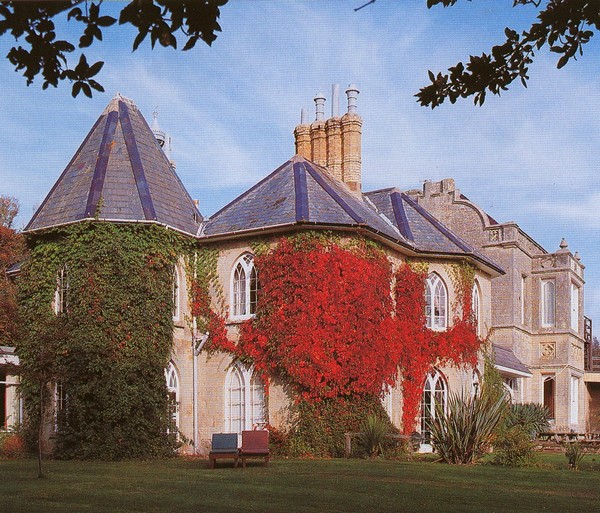RAF St. Lawrence was located on the coast about two miles west of Ventnor. It first became operational with mobile equipment as a reserve for RAF Ventnor. But then the site was used in 1941 to construct a buried reserve for Southbourne, near Bournemouth. However, when the semi buried installation had been constructed it was obvious that it had a dual function as an Emergency Alternative Reserve for near by RAF Ventnor. This was because the Buried Reserve puzzlingly constructed in the same compound as the St.Boniface main site was considered belatedly as equally vulnerable in the event of another air-raid attack there. In use, unlike at Ventnor, the St.Lawrence site was found to have an excellent height finding capability, being situated only 44 feet above sea level and because of this it took on 24 hour working. Accommodation for personnel was at Ventnor and in local hotels. Line of shoot was 170 degrees, i.e. 22 degrees more southerly than Ventnor's, so the coverage would not have been exactly the same and the range obtained would have been shorter too. The two wooden towers were both 105 feet tall. The site continued in some use until 1947.
A plaque of commemoration was unveiled on April 10th.1994 at the Old Park Hotel by Lady Barclay and Sir Peter Anson as part of a weekend reunion held there. The author was invited to this event but declined, a decision now regretted.
